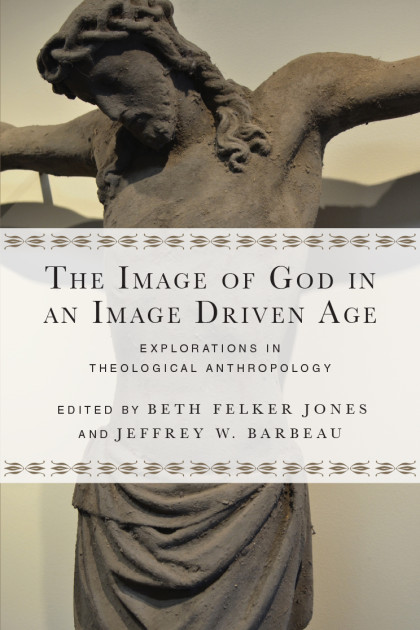 Michael Huerter continues his series responding to The Image of God in an Image Driven Age: Explorations in Theological Anthropology, edited by Beth Felker Jones and Jeffrey W. Barbeau (Downers Grove, IL: InterVarsity Press, 2016). See Part 1 of Michael’s explorations here, and Part 2 here.
Michael Huerter continues his series responding to The Image of God in an Image Driven Age: Explorations in Theological Anthropology, edited by Beth Felker Jones and Jeffrey W. Barbeau (Downers Grove, IL: InterVarsity Press, 2016). See Part 1 of Michael’s explorations here, and Part 2 here.
If we look back at the great tides of change in the world—times of prosperity when civilization flourished and times of turmoil, violence and disease—in many cases we will see the influence of the church in one way or another. The Christian church has left a profound impact on the world’s culture, at some times operating from a position of power, at others acting from the margins of society. People of faith have accomplished great things, served in the name of Christ, and contributed to the growth of culture. On the other hand, those who have claimed to follow Christ and act in his name have perpetrated atrocities that we are ashamed to remember now. The church itself has been involved in both good and evil, and we must be prepared to acknowledge that and seek to participate in the positive while counteracting the negative. At the same time, we recognize that other sources outside the church also have a mixed legacy, sometimes contributing good and sometimes bringing about significant harm.
Given that humanity, both inside and outside the church, has potential for great good and great evil, how do we understand the image of God? It seems that we must recognize the tension of good and evil in every human. The image of God is present in every person, but every person is also affected by the Fall, and sin has flawed our God-given nature. In our next discussion, I will address how the coming of Jesus changes this for Christians, but my primary focus in this post is how we relate to culture in general.
Culture at its root is a gift from God, an expression of humanity’s unique nature granted by God for making meaning and relationships in the world. It is also affected by sin, but I think it is important to begin with the positive and follow with a sober recognition of the negative. There is potential for good in culture, and God is able and willing to work in and through it, despite its imperfections and ambiguity. We could argue that culture is connected to the imago Dei, that we as image-bearers are meant to represent God’s character to creation, and that our ability to make moral choices and develop right relationships is linked to the responsibility of culture-making.

As Christians, I believe we have a responsibility to be both hopeful and discerning as we encounter culture. At times we must take a prophetic role, challenging and contradicting the voices in culture that devalue or violate human dignity. At other times, I believe we are called to affirm the goodness that comes from God but can be revealed even through people who don’t know God. As Christ’s representatives, we can speak on his behalf to a world that does not know him, to love what he loves and rebuke what damages what he loves. But in doing this, we must reflect the character and mercy of Christ; our methods cannot be divorced from our message.
Photo courtesy of Unsplash at Pixabay.com
Michael Huerter is a graduate of Messiah College, and is currently pursuing a Master of Divinity and a Master of Music in Church Music at Truett Seminary and Baylor University in Waco, Texas. He is passionate about making music, and particularly enjoys jazz. He also enjoys being an uncle to his two nieces and one nephew, and a “dad†to his 110-lb Shiloh Shepherd, Tinkerbell. His academic interests include worship theology and the intersection of faith, culture, and storytelling, and an item on his bucket list is to compose music for a soundtrack.

Leave a Reply